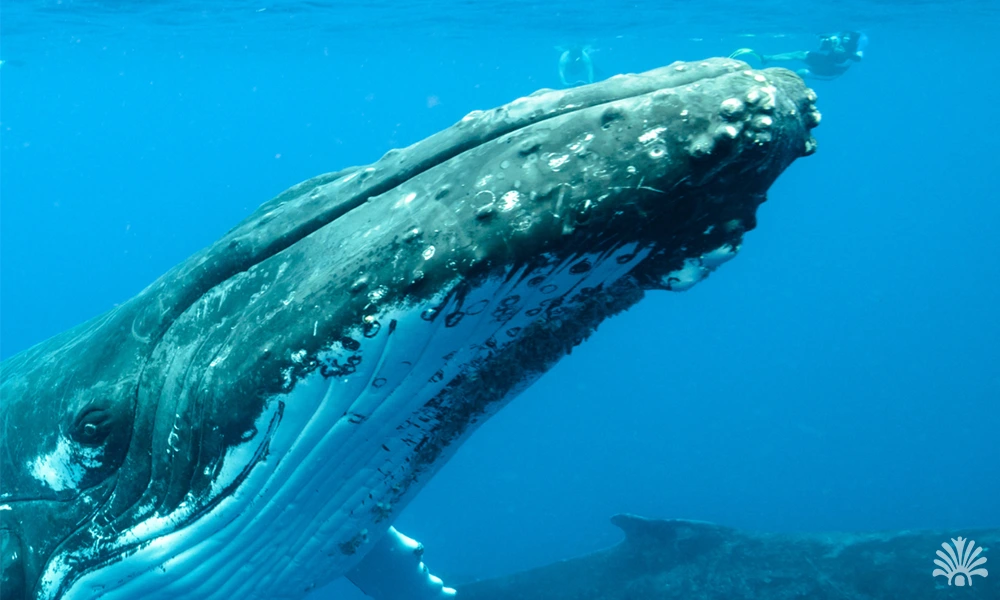|
Getting your Trinity Audio player ready...
|
Whale season in Los Cabos is a breathtaking spectacle that draws nature lovers and adventure seekers worldwide. From December to April each year, various whale species migrate to the warm waters of the Baja Peninsula to breed and give birth. Here’s your complete guide to enjoying this incredible experience, including the best times, locations, and eco-friendly practices.
Whale Species to Spot in Los Cabos
Get ready to witness some of the ocean’s most magnificent creatures:
- Gray Whales: The most commonly sighted species in Los Cabos, known for their friendly nature. They migrate from the Bering Sea to the warm lagoons of Baja California to calve.
- Humpback Whales: Famous for their acrobatic displays, including breaching and tail slapping, and their mesmerizing underwater songs.
- Blue Whales: Rarely spotted but unforgettable. These giants are the largest animals on Earth, with unique blue coloring.
- Fin Whales: The second-largest whale species, often seen gliding through the waters, though they are less common than gray or humpback whales.
Best Whale-Watching Spots in Los Cabos
For the best chance to spot these majestic creatures, head to the following locations:
- Cabo San Lucas: Take a whale-watching boat tour from the marina or watch from shore at Lover’s Beach and the iconic Arch.
- San José del Cabo: Explore scenic viewpoints along the coast or join an organized whale-watching tour departing from the marina.
- Pacific Coast: Many tours venture to the Pacific side of the peninsula, offering quieter and less crowded viewing opportunities.
When to See Whales in Los Cabos
Plan your trip for the best possible experience:
- Peak Season: Whale activity is at its highest between January and March, with February often being the most active month.
- Time of Day: Early morning tours offer calmer waters and greater chances of spotting active whales, while afternoon tours provide excellent views of spouts as whales surface for air.
Eco-Friendly Whale Watching
Protecting marine life is essential. Follow these tips for a responsible experience:
- Choose Responsible Operators: Book tours with companies that prioritize whale conservation and follow strict guidelines to minimize disturbance.
- Maintain a Safe Distance: Respect the whales by staying at least 100 yards away to reduce stress on the animals.
Plan Your Whale-Watching Adventure
Don’t miss the chance to witness one of nature’s most extraordinary events. Whether you’re exploring the waters near Cabo San Lucas or enjoying views from the Pacific coast, Los Cabos offers unforgettable opportunities for eco-friendly whale watching.
